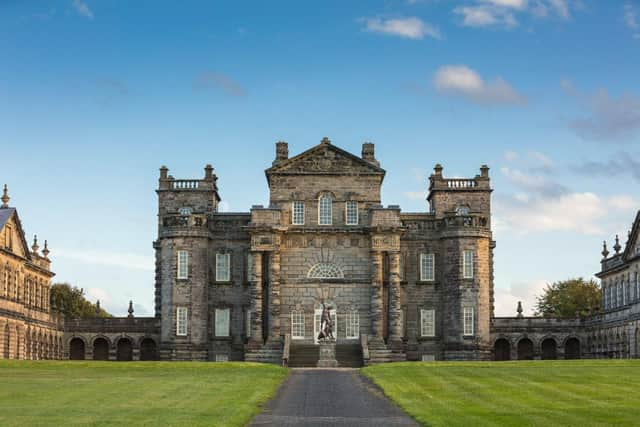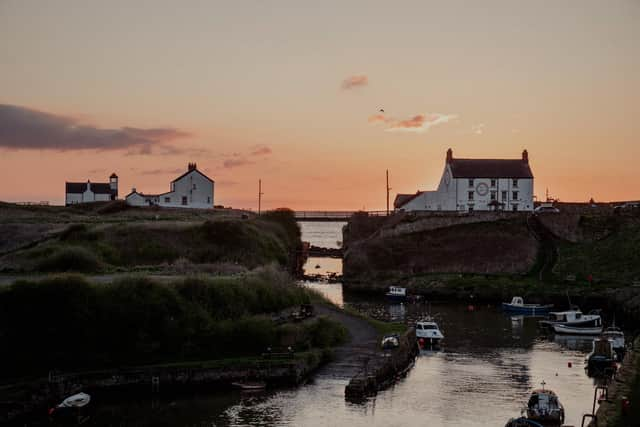Step into history on the Wagonway Walk at Seaton Delaval Hall
This article contains affiliate links. We may earn a small commission on items purchased through this article, but that does not affect our editorial judgement.
and live on Freeview channel 276
Salt exports are recorded at the Port of Blyth in 1138, while salt production at Hartley Pans – the old name for Seaton Sluice – was taking place in 1236.
Today the area’s salt industry, along with its other main industries of coal and glass are gone, but remains of this past can still be found on a walk through Seaton Delaval Hall’s wider estate.
Advertisement
Hide AdAdvertisement
Hide AdThe Wagonway Walk is a gentle, mostly flat trail of approximately four miles (6.4km), taking in much of the estate over country tracks.


Leaving the hall through the main gates, your walk begins with a stop at the Norman Church of Our Lady, passing the site of the old Seaton village. As you turn left into the public bridleway you’ll head past Harbord Terrace and see how architect Sir John Vanbrugh influenced the wider landscape, with views towards the obelisk in the distance.
Head along the route of the old wagonway, which carried coal from local mines to Seaton Sluice, and cross behind the obelisk field, with stunning views back towards Seaton Delaval Hall’s south front.
You then join Holywell Dene and pass the ruins of Starlight Castle - a folly built in 24 hours by Sir Francis Blake Delaval for a bet of 100 guineas - and drop down alongside the Seaton Burn.
Advertisement
Hide AdAdvertisement
Hide AdThe Delaval estate grew into one of the most important industrial areas of the North East and in its 18th century heyday, the Royal Northumberland Bottleworks was the most prolific UK glassworks, producing 1.74million bottles a year.


Few traces remain today, but as you head towards Seaton Sluice harbour you’ll see one of the area’s most iconic features, The Cut. It was created at the harbour mouth in the 1760s to make it easier to load trading ships.
Head up the hill from Seaton Sluice back towards Seaton Delaval Hall and you may catch a glimpse of the mausoleum. It was built in 1777 by Sir John Hussey Delaval for his son John who died in 1776 aged 19. Sir John had inherited the hall and estates from his older brother Francis Blake Delaval who had squandered much of the family fortune, and it was Sir John’s business acumen that turned those fortunes around. The mausoleum was never consecrated, and John was buried in Lincolnshire. Turn back into the main gates of the hall to complete your walk.
Please note: the obelisk and mausoleum are on private land and are not publicly accessible. The Church of Our Lady is not operated by the National Trust; visitors are encouraged to check opening times before visiting. This walk lies on farmland where livestock graze and the walks are therefore unsuitable for dogs.
Advertisement
Hide AdAdvertisement
Hide AdAll the hall’s walks can be viewed and downloaded to enjoy on your own at nationaltrust.org.uk/seaton-delaval-hall or you can join a guided Wider Estate Walk led by one of our volunteers. All tickets are £5. Admission is not included.